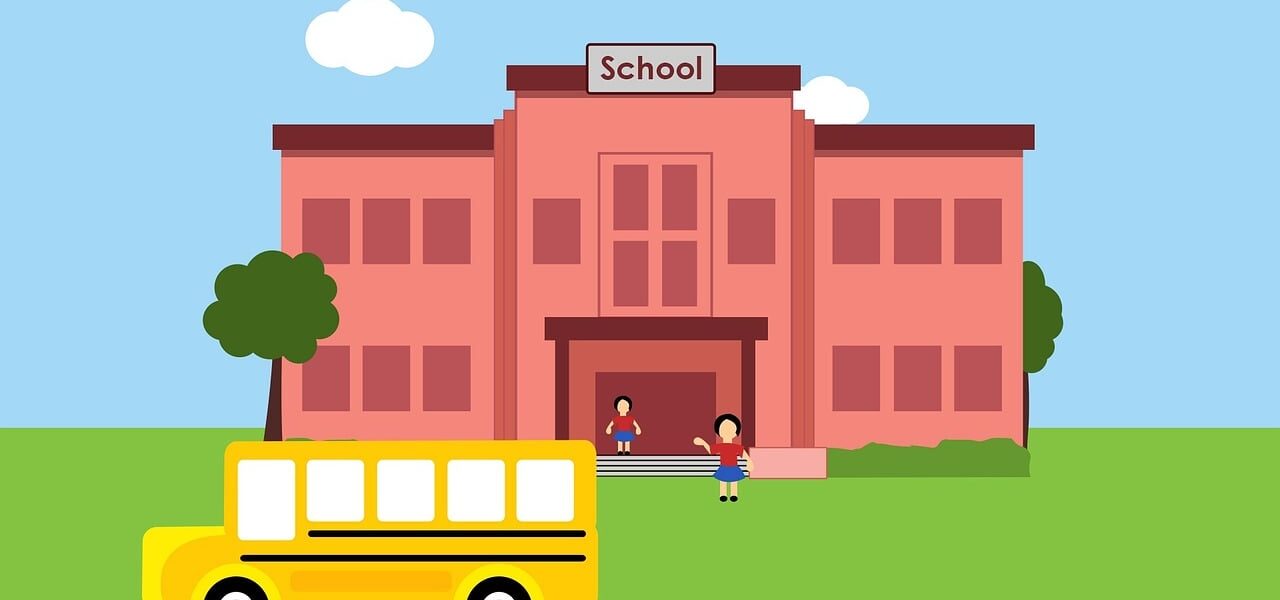Public schools are essential for providing quality education to children and preparing them for the future. Unfortunately, public school funding has been on a steady decline in recent years due to a lack of investment from federal funding, as well as state and local governments. This is resulting in poorer student achievement, larger class sizes, and a decrease in resources available to teachers and students. The lack of adequate public school funding has also led to an increase in homeschooling across the United States, as parents seek alternatives for their children’s education.
As a family, we opt out of the school funding system entirely by homeschooling our kids. However, we also recognize that not everyone can or wants to homeschool. There needs to be viable public school alternatives for students that cannot be homeschooled.
What is School Funding?
School funding comes from both federal and state governments as well as local sources such as taxes, grants, donations, and bond measures. It is used to pay for things like teacher salaries, textbooks, technology equipment, extracurricular activities, building repairs and upgrades, and more. In addition to money allocated directly by states or districts, schools may receive additional funds through Title I programs or other forms of federal aid depending on need or location.
How is School Funding Allocated?
School funding is usually allocated at the state level. It uses a funding formula that takes into account factors such as student enrollment numbers and poverty levels. The amount of funding that each district receives depends on how much money is available from state coffers. Local sources like sales tax revenues or bond measures contribute as well. There can be disparities between districts due to differences in local wealth or population size. According to the American Educational Research Association, it also has to do with student performance. When the education policy for school finance has to do with performance, students that are already behind get less money. This only perpetuates the cycle, leaving poorer students further behind.
What Other Sources are Available for School Funding?
In addition to state-level funds per student, there are also private foundations that provide grants or donations to help fund specific projects within public education. Some corporations may also donate money or equipment to schools in order to support their educational mission. Additionally, some counties have nationalized systems that provide more uniform access to education regardless of where students live; these systems often include additional resources for low-income students or those living in rural areas where geographic isolation limits access to quality schools.
What is the Impact of Low School Funding on Student Outcomes?
Low school funding has significant impacts on student outcomes, including:
- Lower test scores
- Higher dropout rates
- Fewer course offerings (especially for electives)
- Fewer after-school activities or extracurriculars (such as sports teams)
- Larger class sizes can lead to learning loss due to less individual attention being given by teachers
- Higher teacher turnover rates (which can further disrupt student learning)
- Lower graduation rates overall compared with wealthier districts with greater access to resources
Low-income students who attend high-poverty schools experience greater learning loss due to inadequate resources than those who attend low-poverty schools. This is because resources are scarce at high-poverty schools, while wealthier districts can fund extra programs for disadvantaged students. Examples of this are early childhood education initiatives or after-school tutoring centers devoted solely to improving academic performance.
Homeschooling is a Viable Alternative to Poorly Funded Public Schools
Homeschooling provides a viable alternative to poorly funded school districts. It offers parents the opportunity to take more control of their children’s education and to help students overcome the achievement gap. With homeschooling, you can tailor the curriculum to meet your children’s individual needs and interests and ensure that they are getting the best education possible. You have the freedom to use your own methods of instruction. You can choose materials that reflect your values and beliefs. Furthermore, homeschooling may offer a more relaxed atmosphere for learning, allowing children more time for exploration and discovery. All in all, homeschooling is an excellent option for parents who are looking for an alternative to poorly funded public schools.




